I am trying to follow the sample example from Google's developer tutorial
using updated chrome (version 38.0)
But seems like the gapi.auth functions never reached to the their callbacks
Here is a code example that demonstrate it:
<!doctype html>
<html>
<head>
<title>Google API Client test</title>
</head>
<body>
here will be the use of Oauth 2.0
<script src="//ajax.googleapis.com/ajax/libs/jquery/1.8.2/jquery.min.js"></script>
<script>
googleApiClientReady = function() {
window.setTimeout(checkAuth, 1);
}
function checkAuth() {
gapi.auth.authorize({
client_id: 'XXX',
scope: 'https://www.googleapis.com/auth/youtube',
immediate: true
}, handleAuthResult);
}
function handleAuthResult(authResult) {
if (authResult && !authResult.error) {
alert('gapi.auth return successfully');
} else {
alert('gapi.auth return with error');
}
}
</script>
<script src="https://apis.google.com/js/client.js?onload=googleApiClientReady"></script>
</body>
</html>
When I run the above html+JS file- none of the 2 optional alerts of 'HandleAuthResult' are displayed on screen at all - meaning that this function is not called back by 'gapi.auth.authorize'
Did anyone manage to use this library properly?
